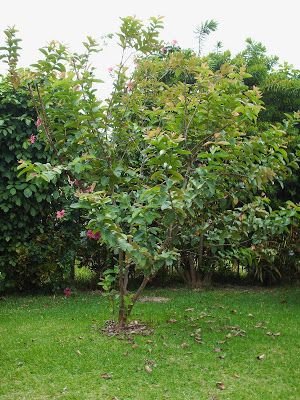Types Of Trees Offered
All of the trees provided by Seas Of trees are purchased through Colorado State University Nursery Extension. The trees are generally given to planters when they are small saplings. This means that they are only approximately three feet tall when they are donated. Despite their small size to begin with, they are all nourished with love and care and are healthy to be planted. Here you will find which each tree species we provide and what they look like when the are saplings compared to what they look like in full growth.
Blue Spruce
Picea pungens is an extremely resilient species that can withstand massive temperature changes, air pollution, and drought. They belong to the pine family. Its latin name ‘pungens’ means sharp and pointy, referring to the needle shape of the blue spruce.
Lodgepole Pine
Depending on subspecies, Pinus contorta grows as an evergreen shrub or tree. The shrub form is krummholz and is approximately 1 to 3 meters (3 to 10 ft) high. The thin and narrow-crowned tree can grow 40 to 50 m (130 to 160 ft) high and achieve up to 2 m (7 ft) in diameter at chest height.
Ponderosa Pine
Is a census-designated place (CDP) in Bernalillo County, New Mexico, United States. The population was 1,195 at the 2010 census. It is part of the Albuquerque Metropolitan Statistical Area.
Avocado
is a tree originating in the Americas which is likely native to the highland regions of south-central Mexico to Guatemala. Persea americana is a tree that grows to 20 m (66 ft), with alternately arranged leaves 12–25 cm (5–10 in) long.
Guava
is a common tropical fruit cultivated in many tropical and subtropical regions. The common guava Psidium guajava (lemon guava, apple guava) is a small tree in the myrtle family (Myrtaceae), native to Mexico, Central America, the Caribbean and northern South America. In 2019, world production of guavas was 55 million tonnes, led by India with 45% of the total (table). Other major producers were China and Thailand.
Peach
is a deciduous tree first domesticated and cultivated in Zhejiang province of Eastern China. Prunus persica grows up to 7 m (23 ft) tall and wide, but when pruned properly, trees are usually 3–4 m (10–13 ft) tall and wide. The life of a peach tree is about 15 years, and peaches don’t bear fruit during the first two years. The trees produce some fruit the third year but bear the most peaches in years 4 to 15.
Sandalwood Tree
describes a number of small tree species in the genus Santalum, which occur in south and Southeast Asia, Australia and the Pacific. The trees produce an oil, deposited in the heartwood, which when extracted by distillation is used in the international perfumery market.
Douglas Fir
is an evergreen conifer species in the pine family, Pinaceae. Douglas-firs are medium-size to extremely large evergreen trees, 20–100 meters (70–330 feet) tall and up to 2.4 m (8 ft) in diameter.
Mulberry Tree
a genus of flowering plants in the family Moraceae, consists of diverse species of deciduous trees commonly known as mulberries, growing wild and under cultivation in many temperate world regions. Mulberries are fast-growing when young, and can grow to 24 m (80 ft) tall. The leaves are alternately arranged, simple, and often lobed and serrated on the margin.
Rocky Mountain Juniper
is a small evergreen conifer reaching 5–15 meters (16–49 feet), rarely to 20 m, tall, with a trunk up to 1 m (3 ft 3 in), rarely 2 m, in diameter. The shoots are slender, 0.7–1.2 millimeters diameter. One particular individual, the Jardine Juniper in Utah, is thought to be over 1,500 years old, while a dead trunk found in New Mexico was found to have 1,888 rings; older trees in the same area are suspected to exceed 2,000 years.
Camphor Tree
is a species of evergreen tree that is commonly known under the name camphor tree, camphorwood or camphor laurel. It grows up to 20–30 m (66–98 ft) tall. In spring, it produces bright green foliage with masses of small white flowers.
Mahonia
is a genus of approximately 70 species of evergreen shrubs and, rarely, small trees in the family Berberidaceae, native to eastern Asia, the Himalaya, North and Central America. Mahonia species bear pinnate leaves 10–50 cm (3.9–19.7 in) long with 3 to 15 leaflets, and flowers in racemes which are 5–20 cm (2.0–7.9 in) long.
Quaking Aspen
aspen is a tall, fast-growing tree, usually 15–18 meters (50–60 ft) at maturity, with a trunk 25 centimeters (10 in) in diameter; records are 36.5 m (119 ft 9 in) in height and 1.37 m (4 ft 6 in) in diameter. Quaking aspen grows more slowly in the dry conditions of western North America than it does in the more humid east and also lives longer—ages of 80–100 years are typical, with some individuals living 200 years; the root system can live much longer. In the east, stands decay faster, sometimes in 60 years or less depending on the region.













